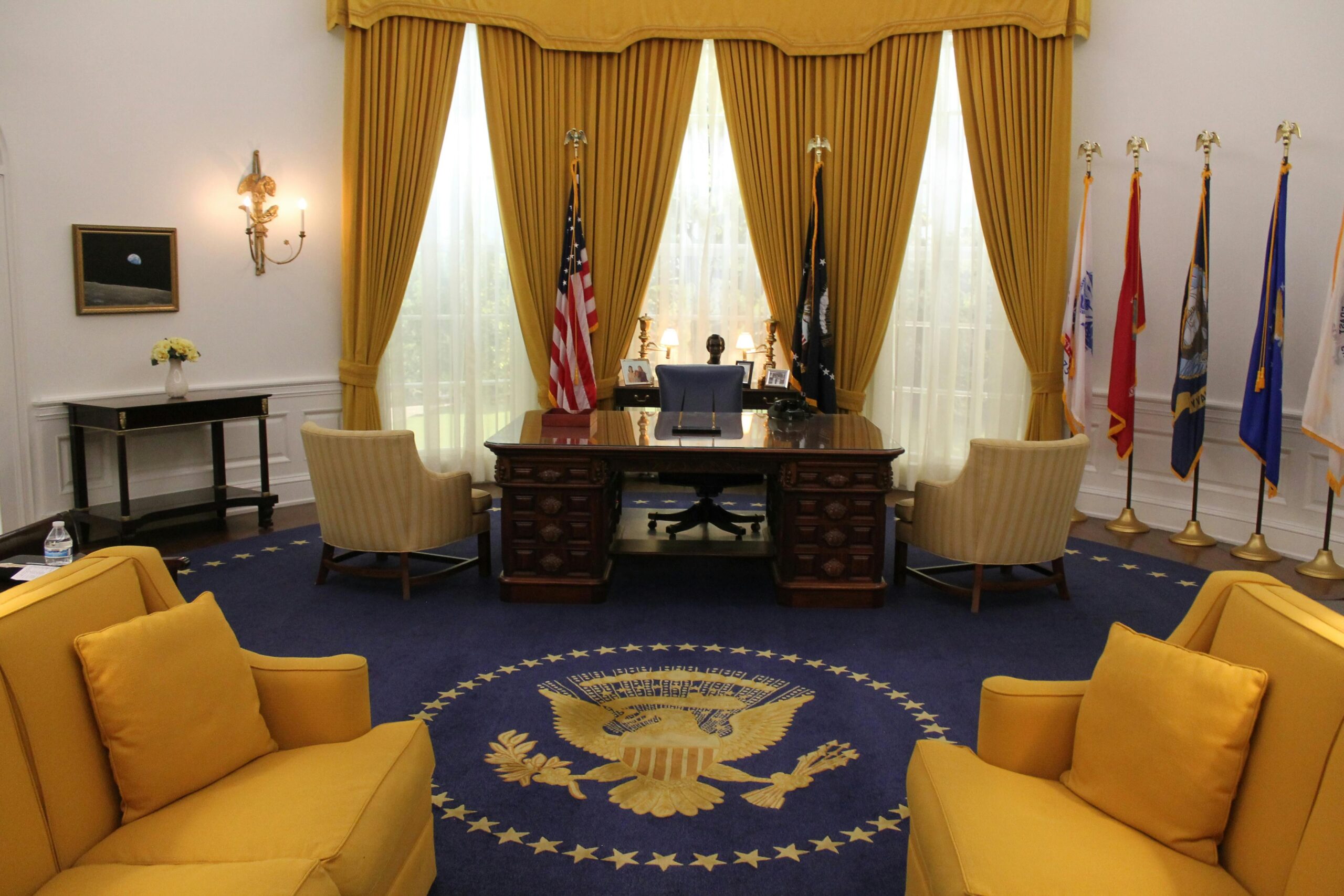The Intersection of Governance and Culture: Understanding Executive Orders Targeting Cultural Institutions
In recent years, executive orders aimed at cultural institutions—such as museums, libraries, and heritage sites—have sparked debates about the role of government in shaping cultural narratives. These directives, often framed as tools for national security, economic reform, or ideological alignment, carry significant implications for academic freedom, historical preservation, and public access to knowledge. While proponents argue such measures protect national interests, critics warn of censorship, politicization, and the erosion of cultural diversity. This article explores the motivations behind these executive actions, their impact on cultural stewardship, legal and ethical controversies, and the long-term consequences for societal memory. By dissecting these layers, we aim to uncover how policy decisions reshape the relationship between state power and cultural identity.
Historical Precedents and Political Motivations
Executive orders targeting cultural institutions are not new. During the 20th century, regimes worldwide leveraged similar tactics to consolidate power, often under the guise of “cultural purification” or ideological conformity. For example, the Nazi regime’s systematic censorship of “degenerate art” and the Soviet Union’s control over historical narratives exemplify how cultural policies can suppress dissent. In modern democracies, such orders are often justified as responses to geopolitical tensions, economic pressures, or demands for transparency. However, critics argue they frequently mask partisan agendas, such as diluting uncomfortable histories or marginalizing minority voices. Understanding this historical context reveals a recurring pattern: cultural institutions become battlegrounds for controlling collective memory.
Impact on Cultural Stewardship and Public Access
When governments intervene in cultural institutions, the immediate effects often include funding restrictions, content censorship, or leadership overhauls. For instance, budget cuts to national archives can delay digitization projects, limiting public access to historical records. Similarly, mandates to remove exhibits deemed “controversial” risk sanitizing history. A 2023 case in the U.S., where an executive order sought to ban federal funding for museums displaying “divisive” racial content, highlights how such policies directly affect educational outreach. Over time, these actions undermine institutional autonomy, erode public trust, and fragment societal understanding of shared heritage. The result is a cultural landscape where only state-approved narratives thrive, stifling critical discourse.
Legal and Ethical Dilemmas
Executive orders targeting cultural entities frequently collide with legal frameworks designed to protect free expression and academic independence. In many democracies, laws like the First Amendment in the U.S. or the European Convention on Human Rights create safeguards against government overreach. Yet, executive powers can bypass these protections by redefining terms like “national security” or “public interest.” Ethically, such orders raise questions about who gets to define a nation’s cultural identity. For example, directives that prioritize majority narratives over Indigenous or immigrant histories perpetuate systemic exclusion. Legal challenges often follow, but courts may struggle to balance state authority with cultural rights, leaving institutions in limbo.
Long-Term Consequences for Societal Memory
The most insidious impact of these executive orders lies in their ability to reshape collective memory. By controlling which stories are told—and which are erased—governments influence how future generations perceive their identity. A 2021 UNESCO report warned that politicized cultural policies could lead to “historical amnesia,” particularly in regions with contested pasts. For instance, removing colonial-era artifacts from museums without contextualization risks oversimplifying complex histories. Conversely, inclusive policies that empower marginalized communities can foster reconciliation. The long-term stakes are clear: cultural institutions either become tools of state propaganda or resilient spaces for truth-telling, depending on the integrity of governance.
Conclusion: Balancing Power and Preservation
Executive orders targeting cultural institutions reveal a tension between state authority and cultural preservation. While governments may claim legitimate reasons for intervention, the risks of censorship, historical distortion, and marginalized erasure remain profound. Historical precedents show that such policies often serve narrow interests, undermining the democratic ideals of transparency and inclusivity. Legal battles and public pushback demonstrate society’s resistance to these overreaches, yet the long-term consequences hinge on sustained advocacy for institutional autonomy. Ultimately, cultural institutions must navigate a delicate balance: cooperating with governance while safeguarding their role as custodians of humanity’s diverse stories. The path forward demands vigilance, dialogue, and a commitment to preserving cultural memory as a public good—not a political weapon.
